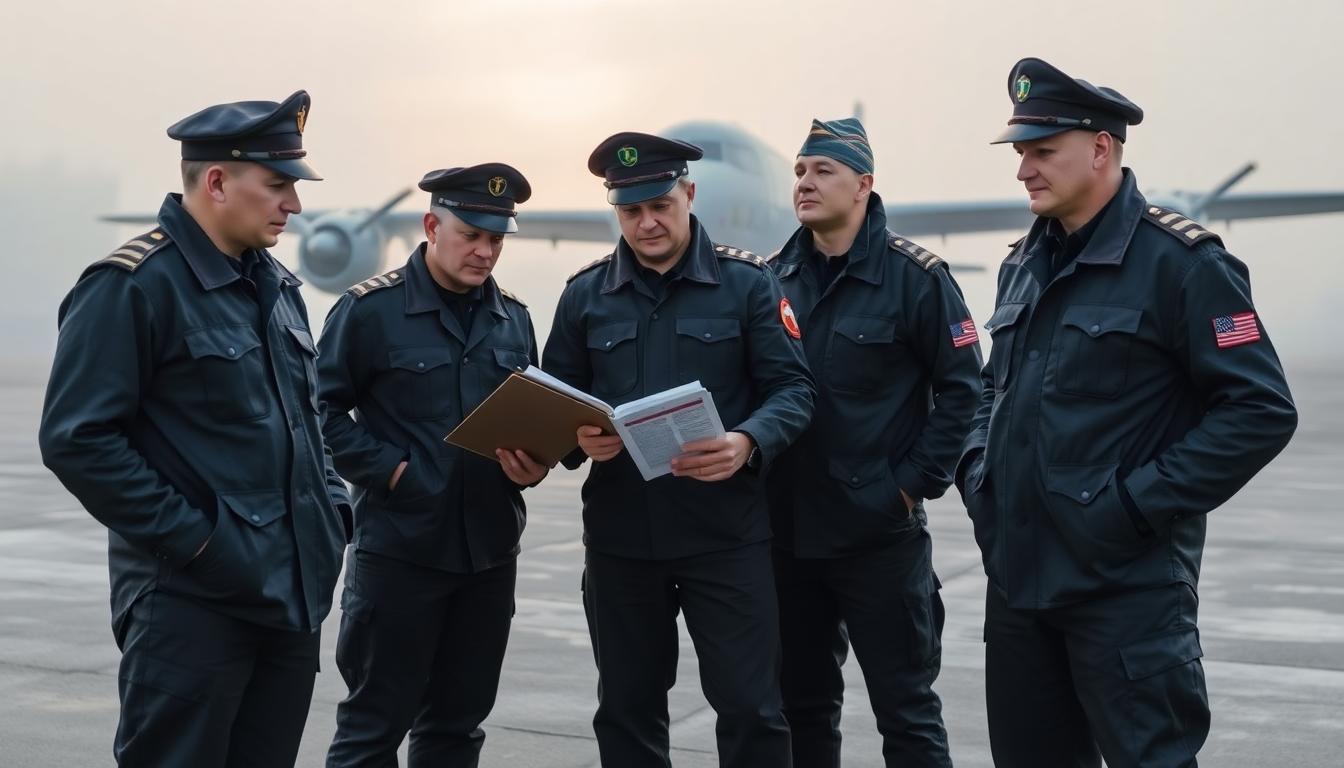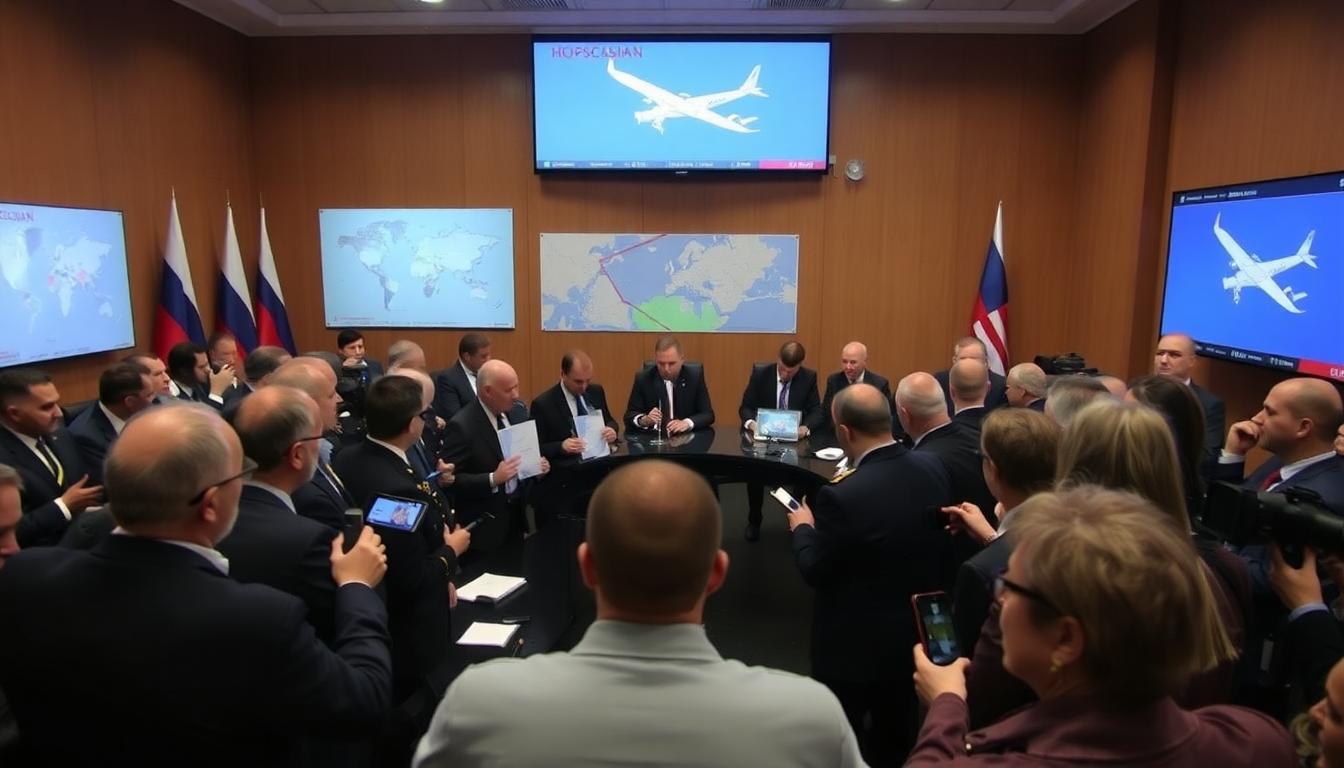On July 24, 2025, the world awoke to somber news out of Russia’s Far East. An Angara Airlines An-24 aircraft, carrying 48 souls, vanished from radar as it neared the town of Tynda in the remote Amur region. As rescue teams rushed to the scene through dense forest and mist, hope hung fragile in the air. The crash marks one of Russia’s deadliest civil aviation incidents since 2021—a moment that has shaken families, communities, and the nation.
The Flight that Never Returned
The An-24, nearly 50 years old, was on its second landing attempt in challenging weather. Poor visibility gripped the Far East that July day, with heavy clouds and periodic storms. As the plane descended, it disappeared from radar only nine miles from the runway. When search parties finally located the wreck—its fuselage broken, smoke still drifting upward—it was clear there would be no miracle.
The Victims
The 48 people onboard—passengers and crew—came from all walks of life. Among the victims was a Chinese national, reflecting the cross-border ties that reach into these remote regions. Some were headed to family reunions or business meetings; others, routine travel between Russia’s vast territories. Each name, each face, leaves a void within families and communities.
Personal Loss and Nation in Mourning

After the crash, cities and small towns across Russia gathered for memorials. Floral tributes and candles covered public steps; heartfelt messages and children’s drawings appeared at airports and train stations. Priests led prayers for the lost. Local leaders declared three days of mourning, suspending public celebrations. Russian flags hung at half-staff. In Tynda, dozens gathered outside the local municipal building, sharing silent embraces and solemn tears.
The Aircraft: Aging Fleets and Difficult Choices
The Antonov An-24 is built for endurance. Designed by the Soviet Antonov Bureau in the 1960s, it’s revered for its ruggedness and ability to serve isolated communities lacking modern airports. But this old workhorse, manufactured in 1976, carried with it a long history of heavy use and old problems.
Past Warnings
Investigations reveal the aircraft had experienced serious malfunctions before—an in-flight generator failure in 2022, and persistent radio issues. Russian aviation, especially in the Far East, still leans on reliable but aging planes. Problems have been worsened by sanctions, which make maintenance and acquiring new parts more difficult, putting lives and safety at risk.
The Crew

Many who operate these flights are seasoned pilots and engineers, aware of the risks but committed to their duty. Pilots flying in Russia’s harshest regions face tough circumstances—unpredictable weather, outdated equipment, and unforgiving landscapes.
What Went Wrong
The weather on July 24 was unforgiving: thick fog, rain, and clouds clung to the forested hills. The An-24 circled, then attempted a second landing as conditions worsened.
Early Theories
Investigators point to several factors:
- Visibility: Severe fog may have kept pilots from seeing the runway in time.
- Mechanical Issues: With the plane’s checkered history, there may have been a technical failure.
- Human Error: Two landing attempts, in poor weather, may have stressed both the crew and their equipment.
The Search for Answers

As fire crews doused the wreckage and medical teams cataloged personal belongings, Russia’s emergency officials held press conferences. Whiteboards with flight paths, weather maps, and engineering diagrams filled the background. Families waited anxiously for news, desperate for clarity. The Amur region’s governor called for a full investigation to pinpoint mechanical and human factors, and to address why an aircraft with a troubled history was still in service.
A Glimpse into Russia’s Aviation Challenges
The loss echoes the many difficulties facing Russian air travel today:
- Aging Aircraft: Over half of Russia’s regional fleet is older Soviet-era designs kept running by skilled but under-resourced crews.
- Sanctions and Supplies: Western sanctions limit access to high-quality replacement parts and new planes, leaving airlines to patch up what they already have.
- Difficult Geography: Russia’s Far East is remote, mountainous, and prone to violent storms, all of which test pilots and technology alike.
The Human Cost: Stories from Families
As names were confirmed, personal stories emerged—a grandmother taking her grandchildren home, a young pilot only a few months into her dream job, two businessmen eager to start a venture in Tynda. In a region where news rarely travels far, each loss makes deep and lasting ripples.
Relatives in distant cities scrambled for answers, calling hospitals and flight authorities. Grieving families gathered in kitchen circles, sharing photos and memories. For each victim, there is a story of love, work, and hope cut short.
National Mourning and Solidarity
Russia’s government, citizens, and religious leaders united to provide comfort. The Prime Minister issued statements supporting bereaved families and pledging aid. Counselors and emergency support teams arrived in Tynda, providing psychological and logistics help. Throughout the country, moments of silence were observed—even in places far removed from the crash site. In schools, teachers led discussions about loss, safety, and the courage of those who work in aviation.
Looking Forward: Calls for Change
Tragedies like this bring urgent calls for change. Aviation experts urge renewed investment in newer planes, stricter maintenance scrutiny, and better pilot training—especially in challenging regions. The crash underlines the importance of supporting those who keep remote communities connected and safe, from pilots to engineers and emergency responders.
Remembering the Lost
In years to come, memorials will stand in Tynda and cities across Russia. Survivors and officials vow to remember every life lost, turning grief into lasting action and hope. Amid tragedy, the spirit of community and resilience remains strong.
Final Reflections
The July 2025 crash touched lives well beyond the Far East. It is a sharp reminder that behind every headline are real people with bright futures, loving families, and stories worth telling. As investigators search for answers, the world joins Russia in honoring the 48 souls lost—and in working to make the skies safer for all.
To contact us click Here .







